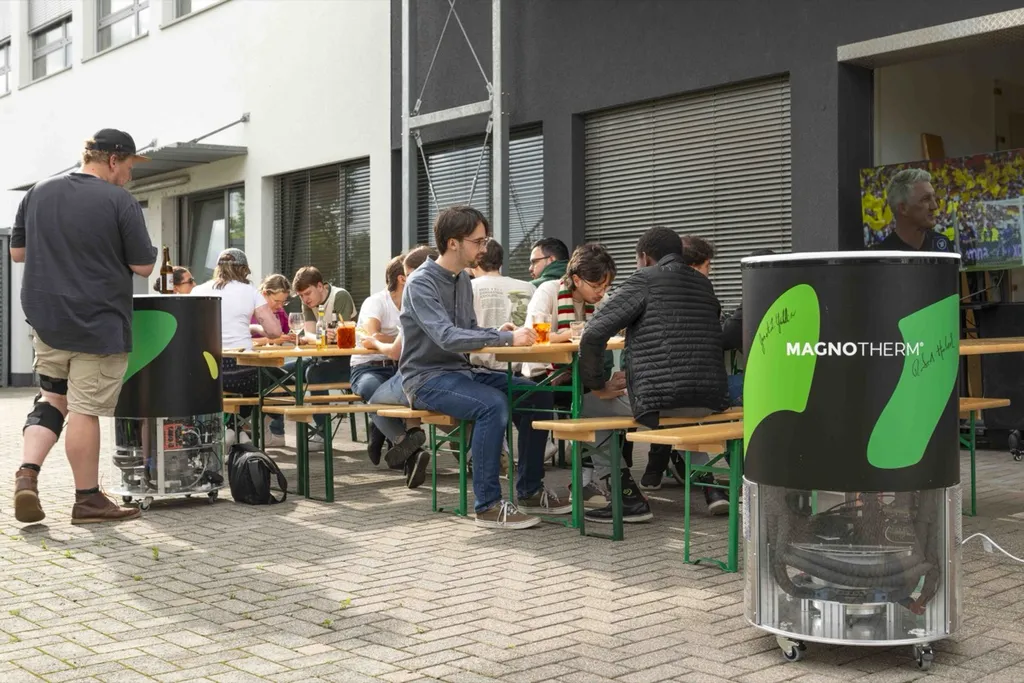In a significant stride towards revolutionizing the energy sector, researchers have made notable advancements in magnetocaloric cooling technology, a sustainable and highly efficient method for energy conversion. The latest findings, published in the journal ‘MetalMat’ (translated to English as ‘Metal Materials’), focus on the optimization of Fe2P-type materials, which are pivotal in magnetocaloric cooling systems.
Dr. King Yin Ho, leading the research at the JC STEM Lab of Energy and Materials Physics at City University of Hong Kong, and his team have been at the forefront of this innovative work. Their research delves into the enhancement of the giant magnetocaloric effect (GMCE) in (Mn,Fe)2(P,Si)-based materials, a critical component in magnetocaloric cooling. “The potential of these materials is immense,” Dr. Ho explains. “They offer a sustainable alternative to traditional cooling methods, with the added benefits of high efficiency and tuneable properties.”
The team’s efforts have centered on optimizing the GMCE performance through various strategies, including doping with different elements, microstructural improvements, and practical manufacturing techniques. These advancements not only enhance the material’s cooling capabilities but also reduce thermal hysteresis, a key factor in the material’s overall efficiency.
One of the most compelling aspects of this research is its potential to bridge the gap between fundamental research and practical engineering applications. Dr. Ho highlights the promising role of machine learning in this process. “By leveraging machine learning, we can accelerate the search for the optimal composition and structure of these materials,” he says. “This approach could significantly speed up the development and commercialization of magnetocaloric cooling technology.”
The implications for the energy sector are profound. Magnetocaloric cooling systems, once commercialized, could offer a more sustainable and efficient alternative to traditional vapor-compression cooling methods. This could lead to significant energy savings and a reduction in greenhouse gas emissions, aligning with global efforts towards a more sustainable future.
As Dr. Ho and his team continue to push the boundaries of this technology, the future of magnetocaloric cooling looks increasingly promising. Their work not only advances our understanding of these materials but also brings us one step closer to a more sustainable and energy-efficient world. With the publication of their findings in ‘MetalMat’, the research community is one step closer to unlocking the full potential of magnetocaloric cooling.

